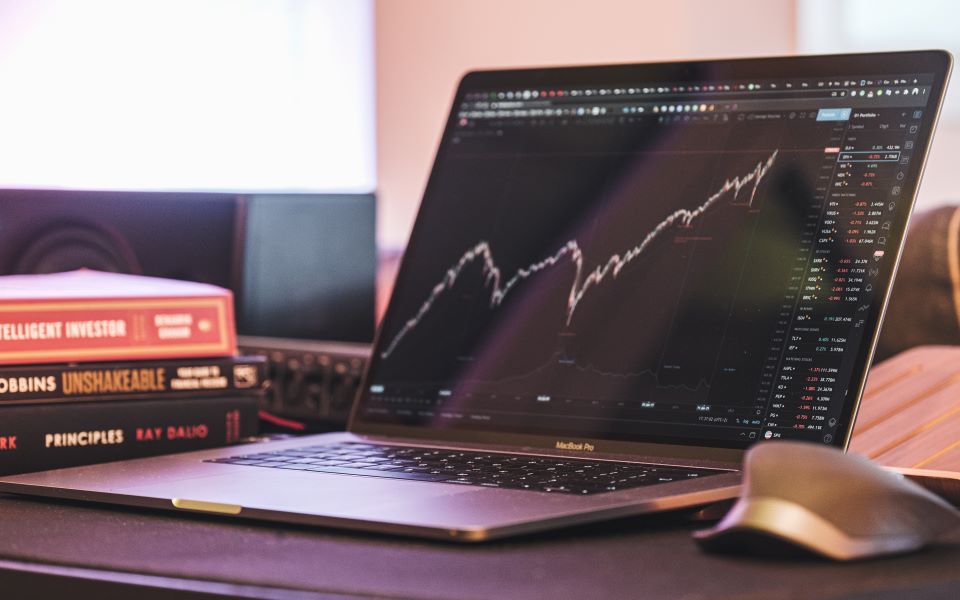
By: Matt Garrott
Dow 36,000: The New Strategy for Profiting From the Coming Rise in the Stock Market was a book published in 1999 that predicted the Dow Jones Industrial Average would hit 36,000 within 5 years. The Dow topped out at 11,750 before the Tech Bubble burst. 22 years later, on November 2nd, 2021, the Dow finally hit 36,000. For the last two decades “Dow 36,000” has been shorthand for irrational exuberance. Now that the market has hit the 36,000 milestone, a new phrase is needed to capture the same feeling. Will it be “buy the dip” or maybe TINA (there is no alternative)? Hopefully the next round of exuberance is a long way off and not here already.
The S&P 500 was up 7% in October and is up 24% year-to-date, but the wall of worry this market is climbing is still high. Inflation has taken a step forward as today’s main bogeyman. Energy prices are rising. Higher wages are chasing suddenly scarce employees.
Federal Reserve officials are calling it “transitory”. The Fed cannot have been any clearer in communicating their aim to raise inflation and keep it there to bring the average back in line with their target of 2%. We’ve only seen 7 months of elevated inflation and it’s difficult to say how much credit the Fed should even get for this. The pandemic threw supply and demand off kilter and now the world is unraveling a global supply chain that is tangled in knots.
It looks like US inflation is demand driven. Consumers are flush with cash and there may be mild hoarding in reaction to stories of supply chain issues. Some of this is consumers getting ahead on holiday shopping, but there is also the memory of the hoarding from 2020. Nobody wants to run out of toilet paper. Social media posts of empty shelves generate clicks, but also a slow motion run on supplies. This may be a point in the “transitory” camp’s favor as certain buying falls off after the holidays.
So is 5%+ inflation transitory or is it here to stay? The answer might be somewhere in the middle. First Trust’s Brian Wesbury agrees with the Fed that some inflation inputs will fall lower shortly, but he also sees some inputs such as rents (about 30% of official inflation calculations) being sticky. Wesbury expects rents to continue rising for a while due to the lifting of the eviction moratorium that was in place during the pandemic.
Social Security’s Cost of Living Adjustment (COLA) is not known for being overly generous. The highest adjustments in recent memory were 5.8% in 2008 and 5.4% in 1990 (is this even recent?). 1982’s 7.4% increase is the last time the COLA was higher than the upcoming 5.9%.
Inflation is here, but it isn’t hyperinflation. Predictions of hyperinflation in the United States will be proven wrong conclusively and soon. Hyperinflation isn’t 5% year-over-year increases, it’s 50% increases…per month. This sort of increase means the price of your morning coffee jumps while you’re drinking it. In that world, the baristas aren’t drawing pretty mermaids on their chalkboards, they’re updating their prices multiple times per day on them.
Inflation has arrived, but your portfolio is probably already prepared for this. Equity exposure and TIPS provide adequate protection against today’s elevated price levels. In the meantime, the diversified portfolio retains the ability to participate in the bull market without having to make predictions about timing, asset classes, or individual securities.



